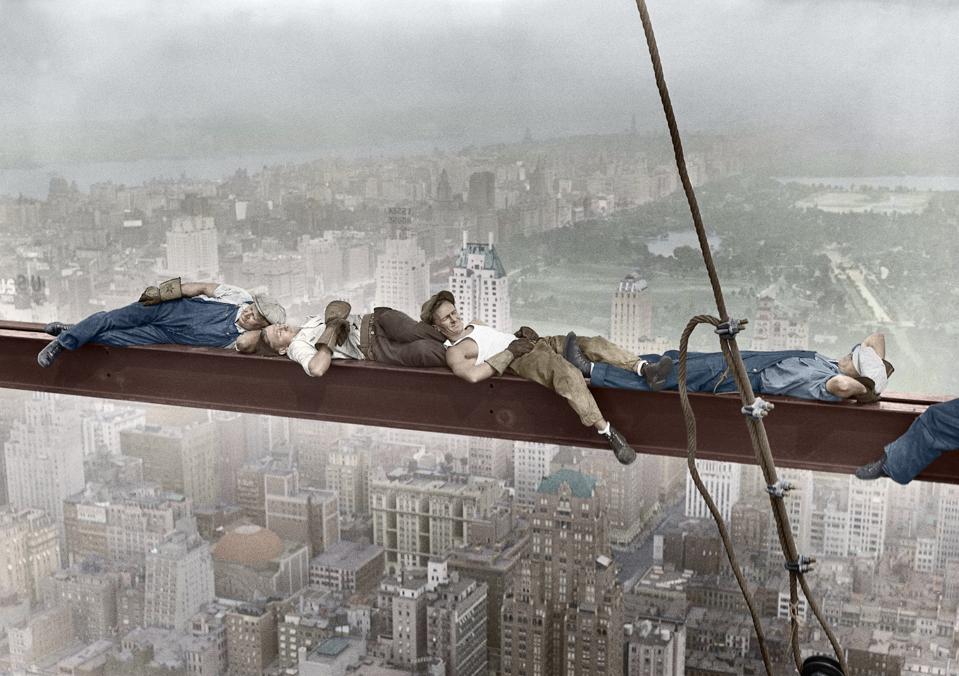With the rise in the demand for the 4-Day Work Week, being assessed on tasks completed – not hours spent working, and other innovative work design techniques, the message is clear. People want to work less. This does not mean that people don’t want to do their jobs. It means that they want to recraft the way they work by utilizing new technology and creative flexible work options that allow them more autonomy in how they plan their days and engage with the arguable more important parts of their lives that are outside the work domain.
15 Hour Work Weeks in 2030
In 1930, one of the most notable economists, John Maynard Keyes, made a bold prediction that in 100 years, people would only be working for 15 hours per week. Maynard Keyes’ prediction was based on the number of hours he thought necessary to satisfy people’s financial and emotional needs. 2030 is around the corner, but working hours for most are still well above the predicted 15. That is partially because productivity demands have changed. We are beholden to producing more so we can consume more. Greater consumerism requires greater man and woman power.
At the 2024 Centre for Transformative Work Design Conference, work design experts from around the world came together to share their cutting-edge research findings and industry experiences.
Dr. Tim Ballard from the University of Queensland shared preliminary findings that, when it comes to mental wellbeing, people have different ideal weekly working hours. Ideal work, for achieving mental wellbeing, is zero for some but 80 for others. Too much – but also too little – work is detrimental to people’s mental health. There is no one-size-fits-all solution. Ideal working hours are context dependent, but the ideal is trending down.
One question remains: when will John Maynard Keyes prediction be realized?
Just Do Nothing
Attention is a finite resource. When we zone into a task at work, it depletes our attention reserves and our energy, and these need to be replenished, either though restoration (finding energy in switching tasks) or conservation (down time). University of Western Australia’s Dr. Nicole Celestine found that giving employees a short break to do nothing increased recovery and lessoned attentional demands more than the control condition of allowing participants to have down time by playing on their phones. That is, zoning out allowed employees the chance to replenish their waning resources and to bring greater focus to their later work tasks.
What leaders can take from this: allow employees meaningful but brief 5-minute periods to do nothing and build up their reserves.
Towards Working Less
While many may desire to work fewer hours, we, as a society, may not be quite ready to accommodate that. Contrary to Maynard Keys’ predictions for 2030, the constant demand for more keeps workers toiling in offices, in factories, in cafes, and all the places that products and ideas are made. Creative job crafting and simple nudges, such as encouraging do-nothing zone-out breaks, could help to alleviate the demands that modern workers experience that deplete their resources and block their recovery for feeling fresh and ready to engage with work the following day.

